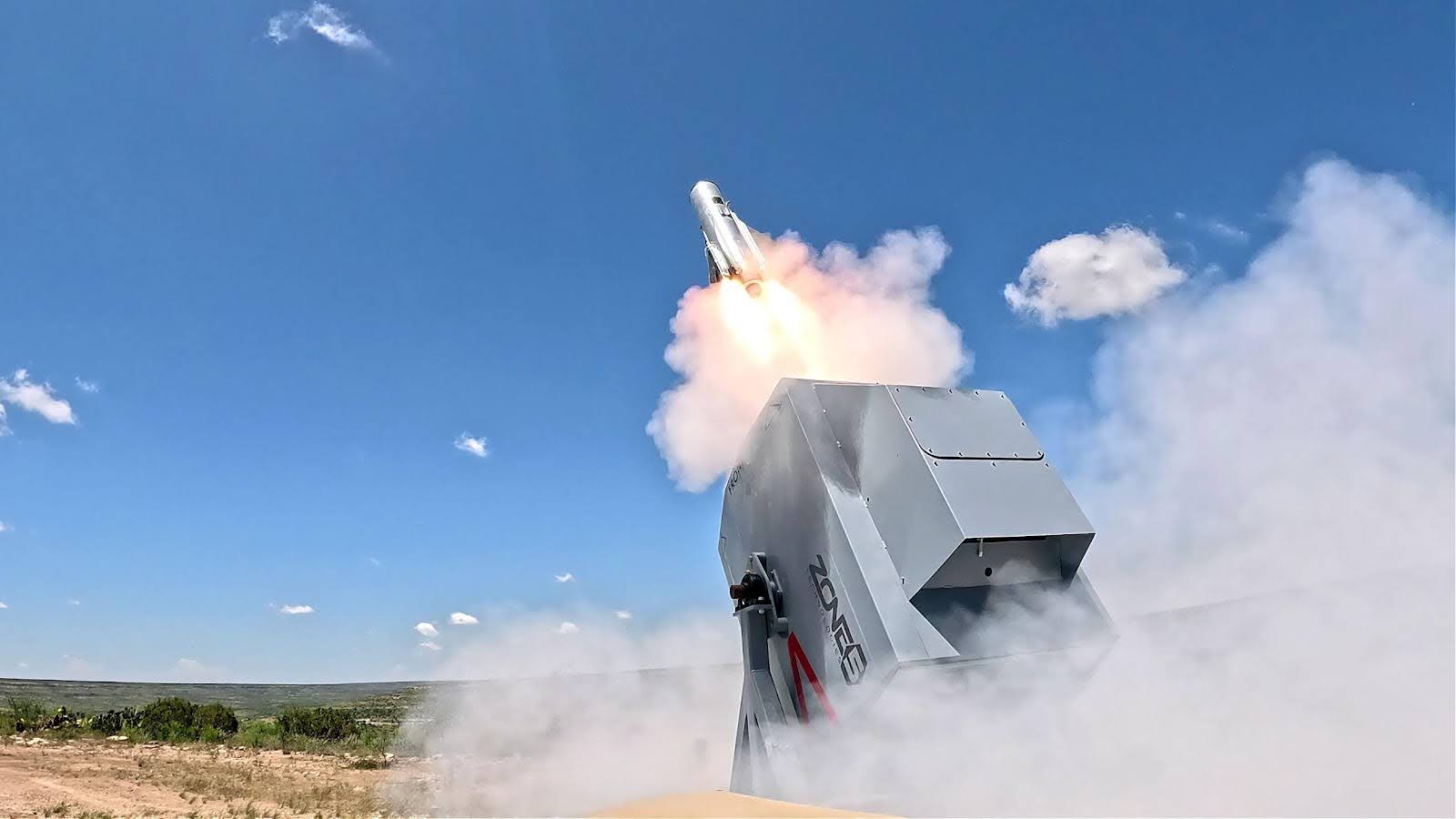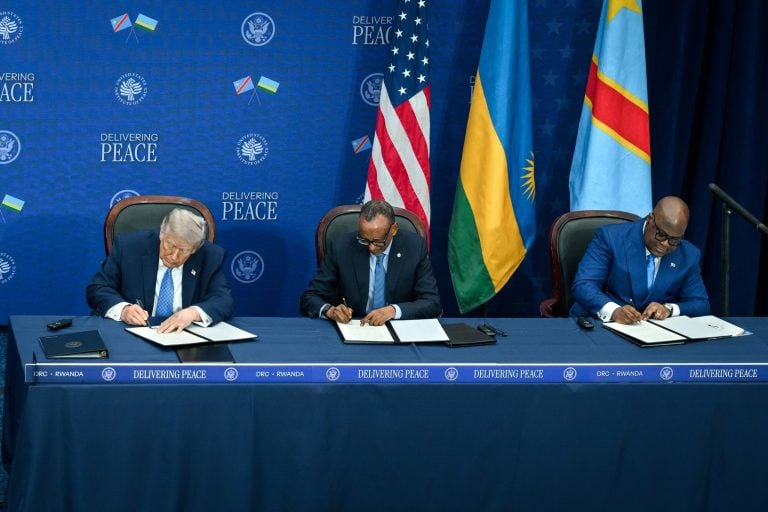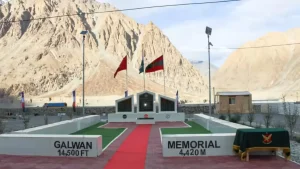The Pentagon has accelerated its efforts to develop advanced drone interceptors, having selected Anduril Industries and Zone 5 Technologies to refine prototype systems aimed at neutralizing larger, military-grade drones. This initiative operates under the Defense Innovation Unit’s (DIU) Counter NEXT program, which is designed to rapidly adapt commercially derived technologies for military air defense.
The focus of this initiative is on Group 3 drones and larger systems, which weigh hundreds of pounds and are capable of carrying either surveillance payloads or weapons. These drones represent an escalating threat to critical infrastructure and personnel, prompting urgent action from defense officials.
In a competitive selection process, more than 65 applicants were evaluated, ultimately leading to the selection of Anduril and Zone 5. Both firms recently completed initial design sprints and baseline flight tests within a year. Following successful demonstrations, the DIU has provided additional funding to both companies to refine their prototypes further. This funding will support integration with partner combat systems and the completion of safety testing ahead of a live-fire trial scheduled for summer 2026.
The prototypes utilize modular open systems architecture and off-the-shelf commercial components, which aim to lower costs and reduce supply chain vulnerabilities. Future work will include additional flight tests and other qualification activities to fulfill military specifications.
Counter NEXT specifically addresses several deficiencies in current air defense systems. These include the limited availability of interceptors, complicated reloading processes, and the high costs associated with traditional interceptors compared to the more affordable drones they are designed to counter. The program also prioritizes compatibility with existing defense networks, a critical aspect of modern military operations.
According to DIU program manager Joshua Zike, “The Counter NEXT project is focused on leveraging the best-in-breed commercially derived technology and processes to accelerate the development, production, and fielding of these vital Counter UAS interceptors to our warfighters.”
This push by the Pentagon to enhance counter-drone capabilities comes amidst a noticeable proliferation of unmanned aerial vehicles on contemporary battlefields. Drones, especially those classified as Group 3 and larger, such as the Iranian-made Shaheds that have been deployed in Ukraine and the Middle East, have highlighted the challenge of maintaining cost-effective defense systems that can reliably neutralize threats.
Counter NEXT is part of a broader strategy by the Department of Defense to establish multi-layered defenses against these emerging threats. For example, the army is integrating new counter-uncrewed aerial systems (UAS) onto Apache helicopters, while the mobile laser system known as LOCUST is currently undergoing testing as part of the AMP-HEL initiative. Recent Pentagon competitions further signify the commitment to advancing counter-drone technologies across various military services and industry partners, underscoring the need for flexible and effective solutions as unmanned threats become increasingly sophisticated.



















